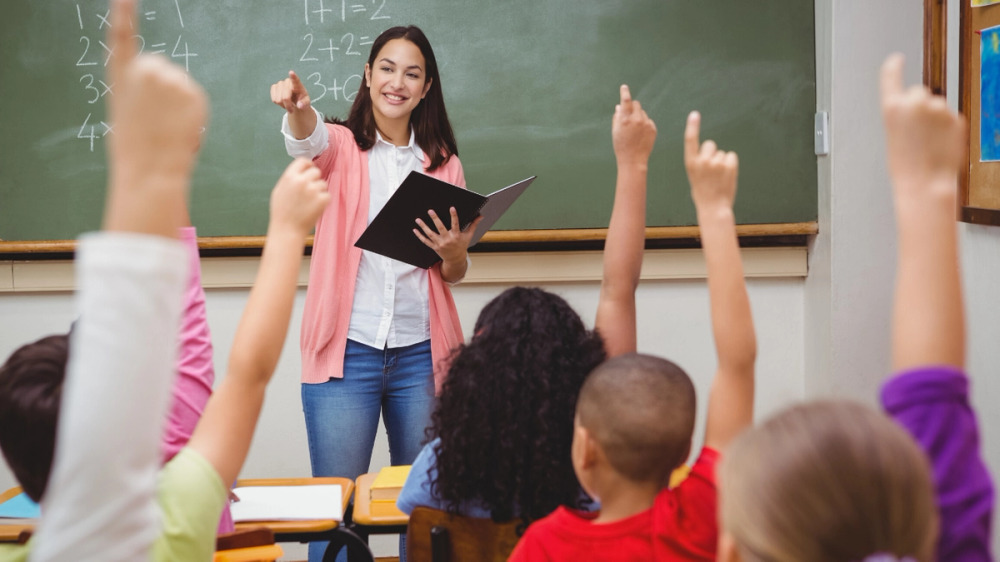Tips for Teaching Self-Help Skills
Children with dyspraxia can learn alongside their peers, however, some children may just need some extra attention and support from time to time. Awareness is the first step and can make all of the difference in helping a child reach his or her full potential at school.
Parents and teachers can help students with learning difficulties by recognizing the root cause of a child’s performance symptoms and providing appropriate support, to make it easier for children with Dyspraxia to be successful in the classroom.

These tips can help with providing the appropriate support for kids with Dyspraxia:
1. Attention – Minimize distractions in a quiet space
2. Simple Steps – Break the task you’re teaching into manageable steps
3. Use visual images or photographs – These can help with the understanding process
4. Demonstrate – Show and tell. Doing the task with children can help greatly
5. Consistent wording – This will help to connect understandings of the various steps
6. Encouragement – Try to promote self-esteem and a sense of accomplishment
7. Offer choice if possible – A choice in the process may allow for a more memorable experience
8. Patience – Allow extra time and understand that tasks mightn’t be learned quickly
9. Repetition – Repeated tasks are more likely to be remembered

